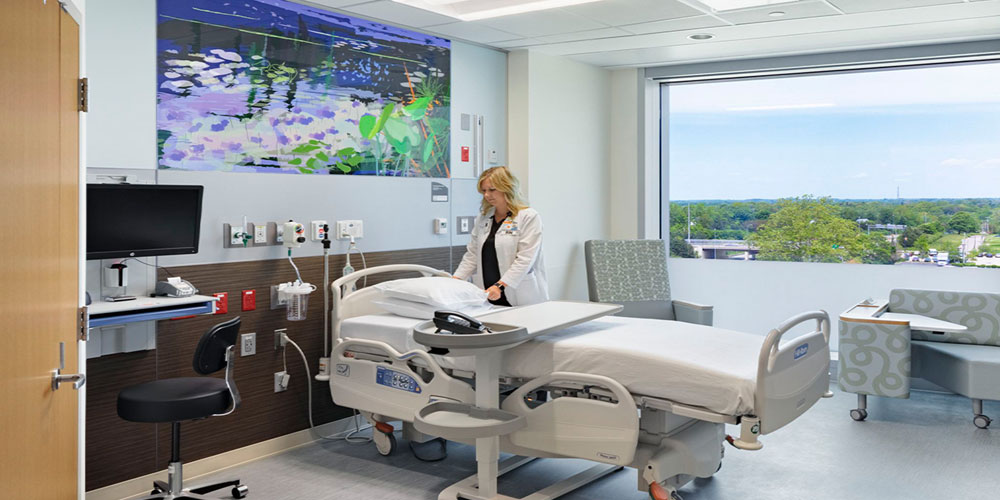In the midst of the COVID-19 pandemic, isolation rooms have become an essential tool in the care of infected patients. These rooms provide a safe and secure environment for patients with contagious diseases, preventing the spread of the virus to other patients and healthcare workers.
Isolation rooms are designed to maintain negative pressure, meaning that the air is drawn into the room and filtered before being released back into the atmosphere. This helps to ensure that any airborne particles, such as the COVID-19 virus, are contained within the room and not spread to other areas of the hospital or healthcare facility.
Isolation rooms are typically equipped with specialised ventilation systems and air filters that can remove airborne particles, including viruses, from the air. This helps to prevent the spread of the virus to other patients, staff, and visitors.
In addition to their ventilation systems, isolation rooms are also equipped with specialised equipment and facilities that help to protect both patients and healthcare workers. For example, these rooms may have negative pressure anterooms that provide a space for healthcare workers to put on and take off personal protective equipment (PPE) before and after entering the room. This helps to minimise the risk of infection for both patients and staff.
Isolation rooms can also help to prevent the spread of COVID-19 by allowing for more effective cleaning and disinfection. Since these rooms are designed to be easily cleaned and sanitised, they can be thoroughly disinfected between patients, reducing the risk of contamination.
They can also help to improve patient outcomes by providing a calm and quiet environment for recovery. Since COVID-19 patients may experience a range of symptoms, including difficulty breathing, fatigue, and coughing, a quiet environment can help to reduce stress and improve overall wellbeing.
Caring for COVID patients by reducing the spread of infection: COVID-19 is highly contagious, and one of the most effective ways to prevent its spread is through isolation. Isolation rooms help to separate infected patients from others, reducing the risk of transmission and allowing healthcare workers to care for patients without fear of contracting the virus themselves.
Protecting vulnerable populations: Certain populations, such as the elderly and those with underlying health conditions, are at higher risk of developing severe COVID-19 symptoms. Isolation rooms can provide a safe environment for these vulnerable patients, allowing them to receive the care they need while minimising their risk of exposure to the virus.
Providing specialised care: COVID-19 patients often require specialised care, including oxygen therapy, mechanical ventilation, and other treatments. Isolation rooms are designed to accommodate these needs, providing the necessary equipment and facilities for patient care.
Improving outcomes: Patients with COVID-19 can experience a range of symptoms, including respiratory distress, fever, and fatigue. Isolation rooms can provide a quiet and comfortable environment for recovery, helping to reduce stress and improve overall wellbeing.
Facilitating communication: Communication is essential in patient care, and isolation rooms are designed to facilitate communication between patients and healthcare providers. Many isolation rooms are equipped with intercoms or other communication systems, allowing patients to stay in touch with their healthcare team while minimising their exposure to others.
Overall, isolation rooms are a critical tool in the fight against COVID-19. By providing a safe and secure environment for infected patients, these rooms can help to reduce the spread of the virus, protect vulnerable populations, and improve patient outcomes. As we continue to navigate the pandemic, it is essential that healthcare facilities prioritise the use of isolation rooms in the care of COVID-19 patients.
